Have you heard of carnivorous fish? These fish feed mainly on other animals. They are very similar to other fish but also have some unique features. The main anatomical feature of carnivorous fish is the short intestine in their digestive system. Carnivorous fish undoubtedly make up a large number of aquatic species in the oceans, such as the great white shark, black piranha, tiger shark, swordfish, and barracuda to name a few.

Introduction & Main Features of Carnivorous Fish
Great White Shark (Carcharodon carcharias)
Black Piranha (Serrasalmus rhombeus)
Tiger Shark (Galeocerdo cuvier)
Swordfish (Xiphias gladius)
Barracuda (Sphyraena barracuda)
Hammerhead Shark (Sphyrna mokarran)
Yellowfin Tuna (Thunnus albacares)
Other Typical Carnivorous Fish
Carnivorous fish are those that feed mainly on other animals. Widely distributed in both freshwater and marine ecosystems, they have distinct features:
Digestive system: They possess a relatively short intestine, well-adapted for digesting animal proteins.
Hunting habits: Many use ambush tactics, sudden attacks, or high-speed pursuits to capture prey.
Body shape: Most are streamlined, with large mouths and sharp, powerful teeth designed for grasping and tearing flesh.
Diet: Their menu includes smaller fish, crustaceans, mollusks, and occasionally birds or small mammals.
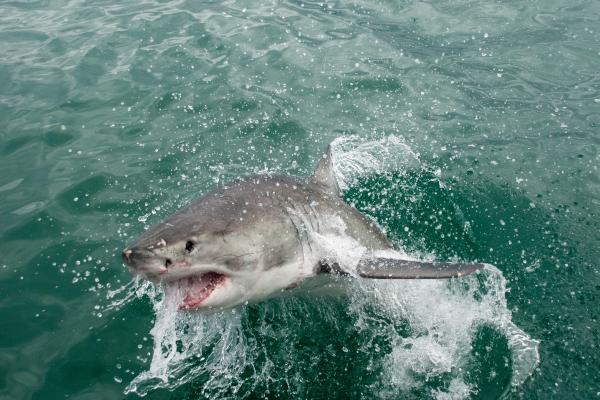
The great white shark is one of the world’s most famous carnivorous fish, inhabiting warm and temperate oceans globally. In the Mediterranean, its main prey includes tuna, swordfish, sea turtles, and marine mammals. With immense bite strength and speed, it ranks among the ocean’s apex predators.
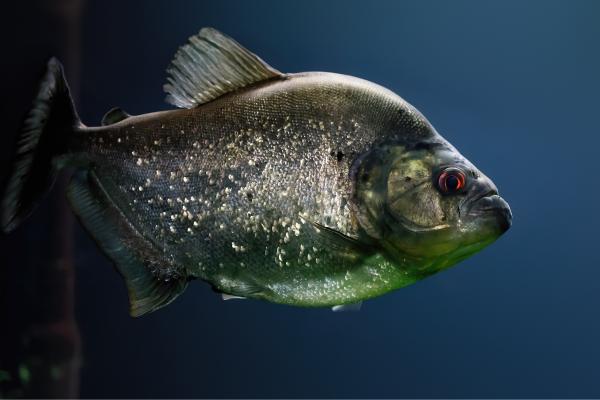
Native to the Amazon, Orinoco, and Guianas river basins, the black piranha is a notorious opportunistic feeder, consuming fish, crustaceans, insects, and sometimes even plants. Their reputation for rapid, aggressive feeding is well-deserved.

Widely distributed in warm oceans, the tiger shark is a medium-to-large species, with females reaching up to 3 meters. Its diet is remarkably broad, including fish, squid, rays, other sharks, turtles, sea birds, and marine mammals—earning it the nickname “garbage can of the sea.”

Swordfish inhabit tropical and temperate seas worldwide, often gathering where ocean currents meet. Adult swordfish mainly feed on pelagic fish such as tuna, barracuda, aquarium/flying-fish.html">flying fish, and mackerel, using their long, sword-like bills to slash and stun prey.
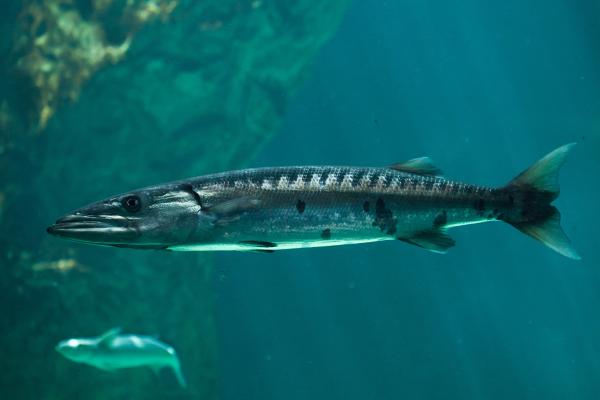
Barracuda can be found along the coasts of the Indian, Pacific, and Atlantic Oceans. Sometimes called the “tiger of the sea,” they are voracious hunters, preying on fish, shrimp, octopus, squid, and other cephalopods with their razor-sharp teeth.
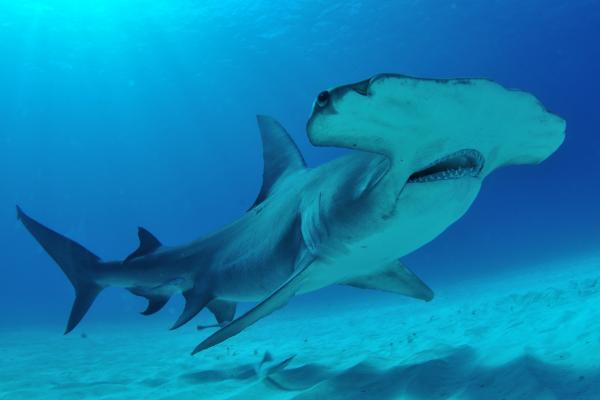
The great hammerhead shark is found in warm coastal waters and continental shelves worldwide. An active predator, it feeds on crabs, lobsters, squid, octopus, and a wide variety of fish and invertebrates.
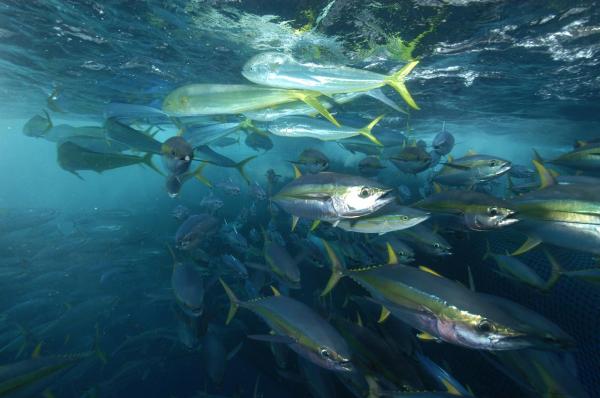
Yellowfin tuna live in tropical and subtropical seas globally (except the Mediterranean). As agile, powerful predators at around 100 meters depth, they use two rows of small, sharp teeth to capture fish, mollusks, and crustaceans.
Other well-known carnivorous fish include:

Bull Shark (Carcharias taurus): Feeds on fish, dolphins, and even other sharks.
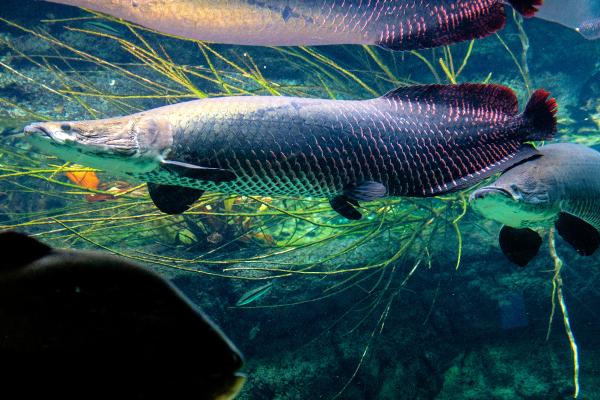
Arapaima (Arapaima gigas): Consumes various small fish in the Amazon basin.
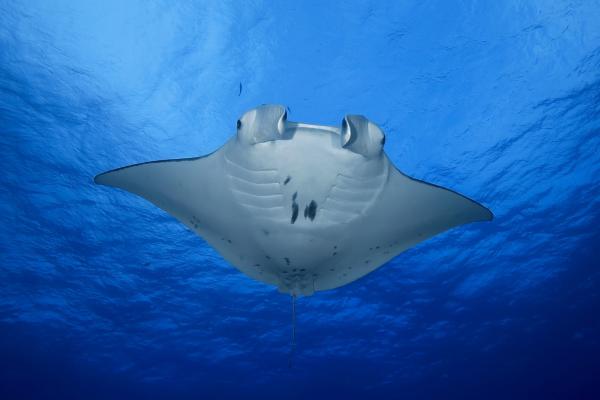
Other examples include sawfish, wolf fish, glass catfish, and stonefish. Some rays, such as eagle rays, also feed on fish and invertebrates.
Now you know what carnivorous fish are, their key features, and representative species. For more fascinating facts, explore our other articles about the wonders of aquatic life!
animal tags: Carnivorous Fish
We created this article in conjunction with AI technology, then made sure it was fact-checked and edited by a Animals Top editor.